
Onboarding vs. Implementation: Do You Need Both?
- 9 Min read
Communication tools are essential to the quality of our lives because we use them daily.
Today, they aren’t just for ordinary people. Communication tools are also necessary for customer communication to help businesses improve the service they provide, assist customer support teams, collect customer feedback, and develop better relationships.
With proper tools and multiple communication channels, you’re able to reach your customers and provide them with what they need while improving the experience they have with you.
When you are using the right customer communication tools to communicate, building stronger customer relationships becomes easier.
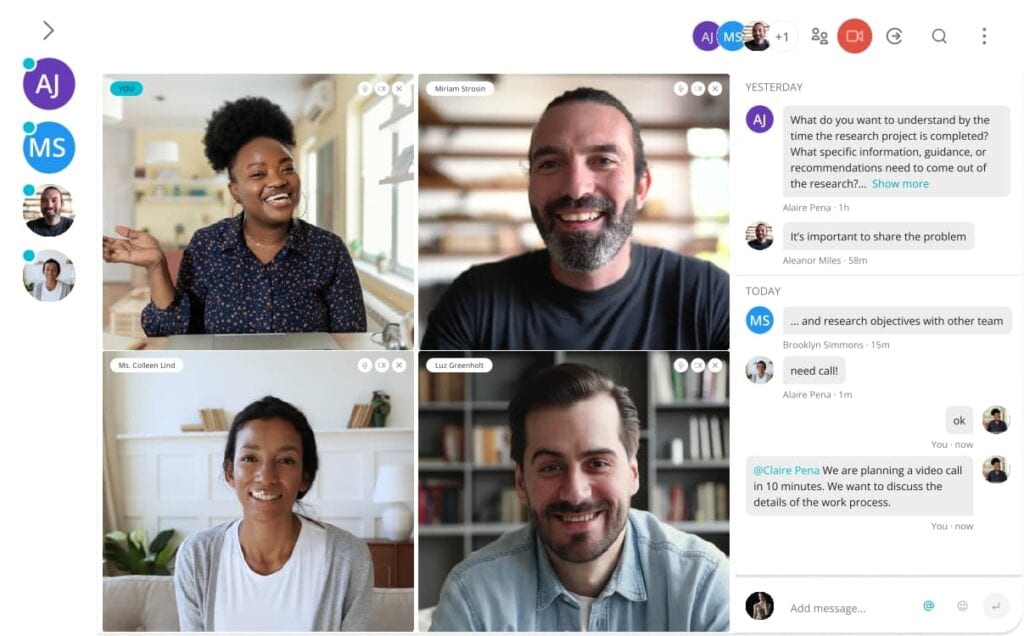
A communication tool enables you to share and receive information. It can be a website, customer communication software, a digital tool or app, any social media channel, video conferencing or just video files, an email, text message, or phone call.
From a business perspective, it allows for real-time customer interaction.
It’s how businesses stay connected with their clients, attract new ones, and improve customer relations overall. Customer communication tools can be used to send emails, newsletters, alerts, promotions, offers, surveys, or feedback forms. You can also use them to send out reminders such as payment due dates, order status updates, delivery times, and shipping information.
The best customer communication tools also help businesses perfect their products and services to assist customers even better. These tools are valuable because they also provide opportunities for a support team or call center to have meaningful customer conversations, offer personalized service, and simplify the customer journey, thus raising overall customer satisfaction.
Options available include:
Top customer communication tools provide many options for a successful business not only to work on customer relations but also to track team performance. They include a variety of features, such as calendar integration, email auto-responder, lead generation, notifications, contact management, marketing automation, tracking, event management, survey creation, workflow automation, social media communications, phone support, form builders, feedback tools, reporting, and template support.
Communication tools give you more options to get in touch with your customers and act as a bridge between both of you. They support you to make customer interactions more effective and efficient.
Here’s how customer communication tools can contribute to better customer relationships:
There are three main reasons companies do not pay enough attention to customer communication.
Companies that don’t give this much attention often get into trouble when customers stop responding to them. 50% of consumers will switch to a competitor after having just one bad experience, and 80% will switch after multiple bad experiences.
Most companies invest a lot of time into marketing and advertising; however, they do not invest as much time into their after-sale efforts.
If ongoing communication is not a high priority, the long-term viability of a business will be affected.
There are many options available today, from CRM software to a virtual call center, from chat tools for the customer service team to help desk software. This makes it harder for companies to choose a particular communication tool or a combination of them, based on the features they need.
Finding the right customer communication tool is also time-consuming because it involves researching what’s available, understanding the features and benefits, and choosing what suits their business best.
If a business does not have a plan, they will waste money on features that are either not suitable or not needed.
Before investing time and money, know what your objective is and what features will help you achieve it. Consider various options and the support that is currently available. That will make it easier to decide what to choose and how to implement it.
The tools used should always align with the strategy, which should also clarify the benefits for your business and your clients. Excellent customer support needs the right tools and an easy-to-use interface – so make a list of indispensable and optional features. To reach your objectives, your strategy might envision using a call center or a live chat, self-service tools, or virtual meeting software. Things to consider include: how much customer support you will implement, how you will collect and proceed with customer data and valuable feedback from your clients, what features will encourage team collaboration.
To meet your objectives and expectations, your business needs to have a strategy to choose the best software options that will support everyone who will be affected.
A customer communication strategy defines how to deliver a consistent message across channels. You need clear ways to manage multiple channels across email, text messages, social media, phone support, web pages, and physical mail. These are only some of the basic options available.
It’s important to have consistent messaging styles to support your brand image, otherwise customers may get confused and form a negative impression of your business.
One way to create an effective strategy is to focus on a few core values. These values support your business objectives and need to be included in all your interactions.
Examples of core values to incorporate into your strategy include:
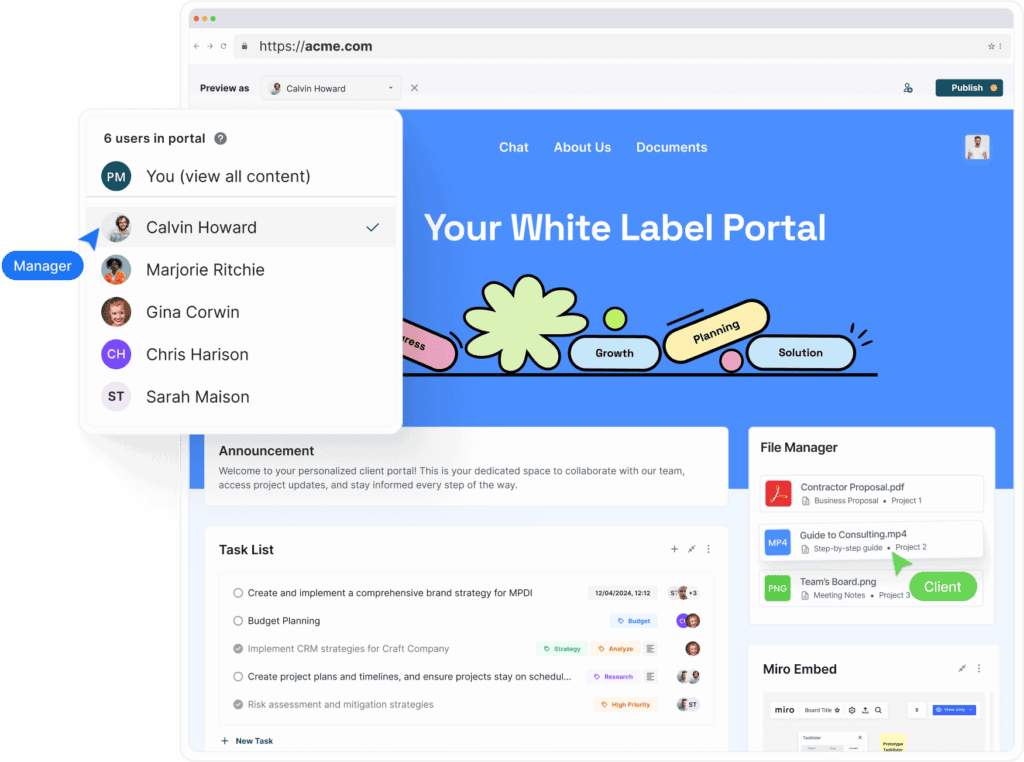
Good customer communication tools enhance the customer experience, whereas bad ones make it difficult for them to receive the information they need at the time they need it.
Good options should:
Bad options usually:
These tools are great options for staying organized, tracking important information, collecting and analyzing customer feedback, sharing ideas and insights with vendors, and supporting team members.
Ways to use them are:
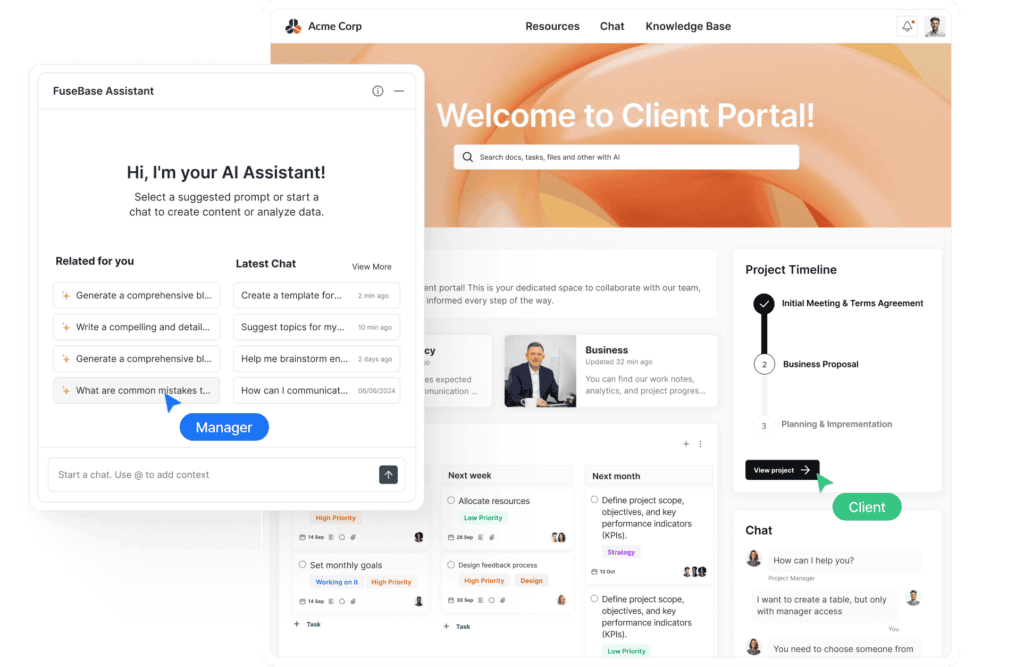
FuseBase is an all-in-one collaboration tool that makes it easy to stay in touch with your clients and bring customer communication to a higher level.
Features and options offered include:
FuseBase is a go-to place that offers every customer communication tool you might need to improve your team’s performance and customer experience. The platform continues to grow and expand the variety of options it offers.
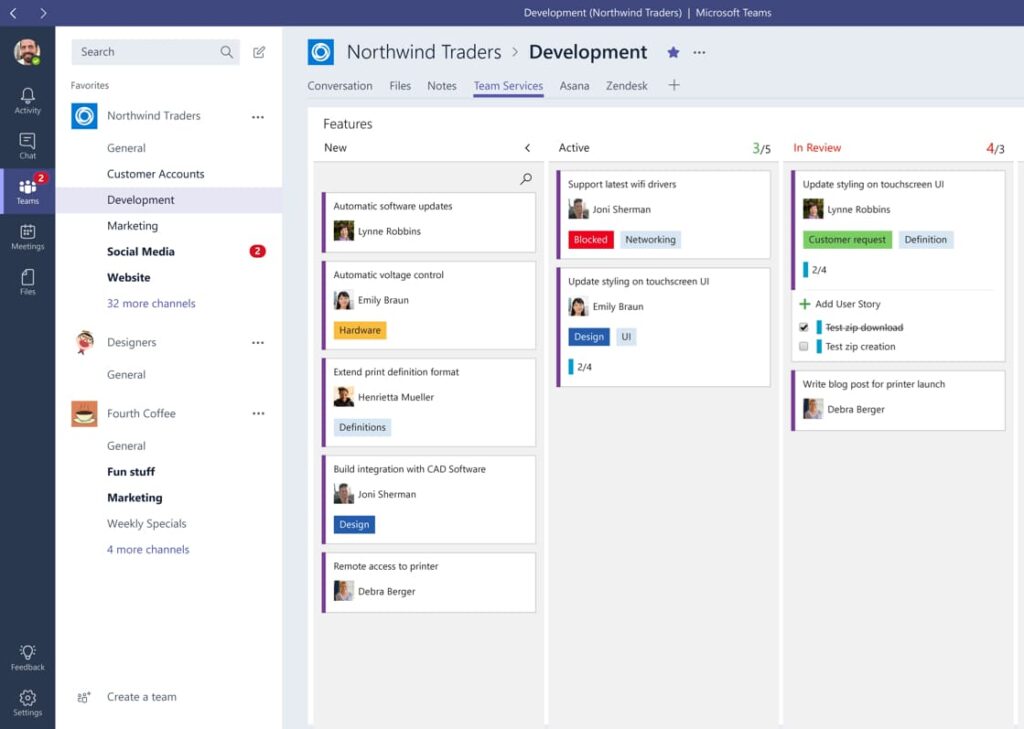
With Microsoft Teams, you will improve your collaboration and teamwork. It is promoted by the company as ‘your modern workplace at home, in the office, and on the go’ and has become the fastest-growing app in Microsoft’s history.
Options Microsoft Teams offers include:
Microsoft Teams praise themselves on considering customer feedback, so they have overhauled the platform to make it faster, smarter, simpler, and more flexible. The Premium version of Microsoft Teams offers even more: meeting personalization with customizable meeting templates, AI-generated notes, transcripts and captions, and even better protection with safeguards to prevent data leaks.

Salesforce is a trusted CRM platform that helps your marketing, sales, commerce, service and IT teams work together from anywhere and keep your customers satisfied. It promises to combine AI with data with CRM software for ‘more sales and happier customers. It caters to users from various industries—those working in financial services and retail, healthcare and manufacturing, media and transportation—offering each industry a specific set of specialized tools to grow their business.
The customer management tools Salesforce offers:
Salesforce has introduced the world’s first generative AI for CRM. Their innovative Einstein GPT can create customer-specific content, auto-generate sales tasks, and build custom predictions and recommendations.
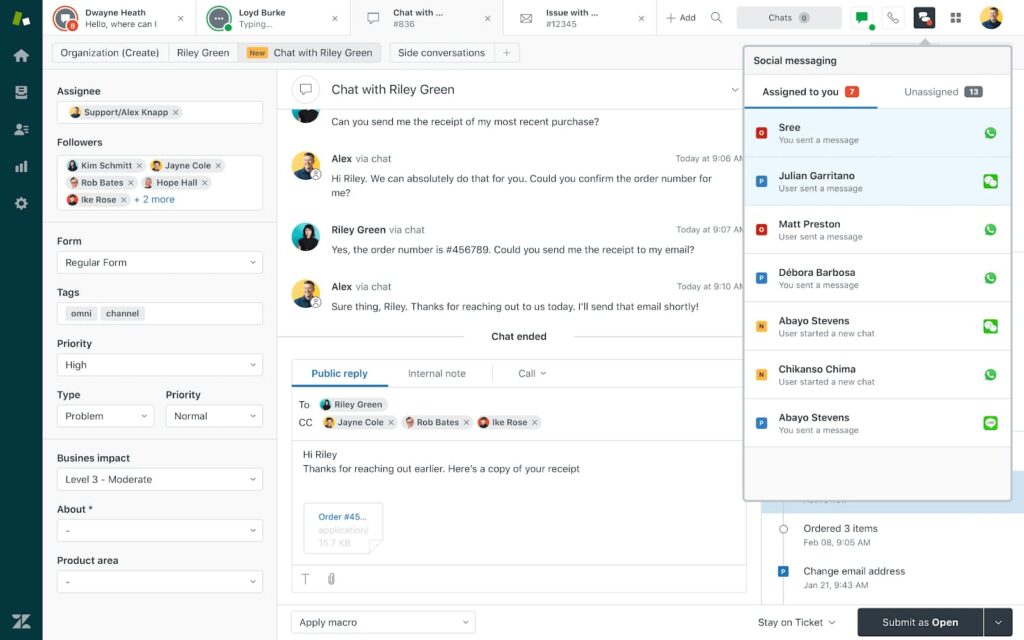
Zendesk is a robust customer service platform that excels with its service desk feature and messaging software options.
With the options Zendesk offers, you can:
Zendesk, just like many other major players, is taking advantage of AI too, to contribute to the creation of intelligent CX. Built on millions of real customer interactions, it aims to provide personalized support at a lower cost.
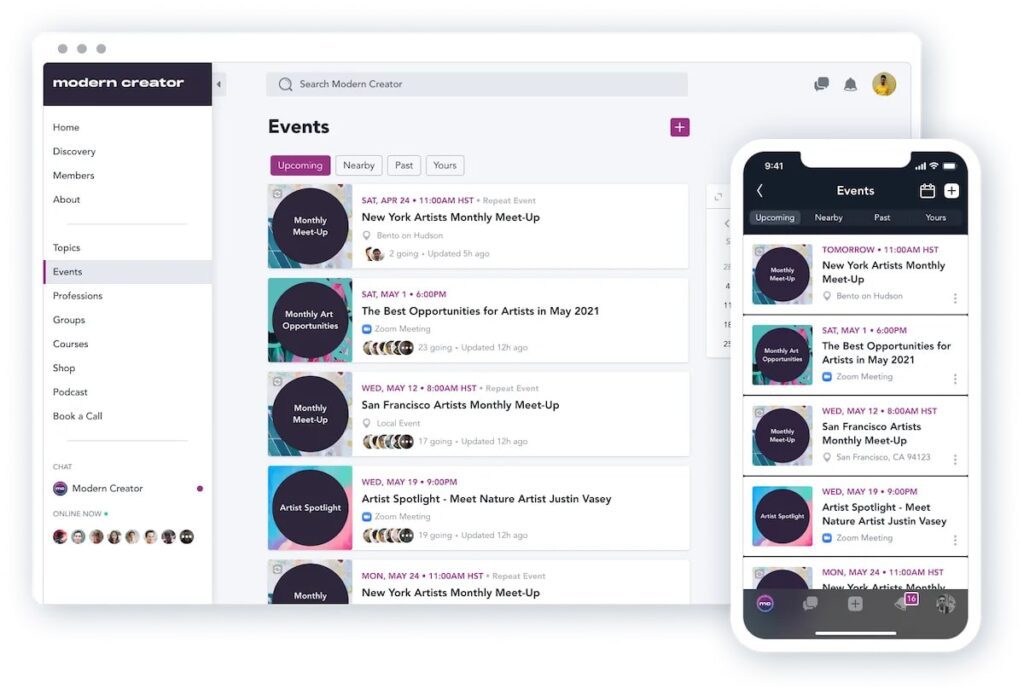
Mighty Networks is an online community software that allows you to create networks and offer subscription services and online courses.
The features Mighty Networks offers include:
Mighty Networks are built on ‘spaces’, which are flexible no-code containers with multiple features. This online community software is the right tool for bringing people together to courses, events or cohorts, with live chat software and beautiful embeds, while keeping them aware of your brand identity with branded apps you can manage on your own.
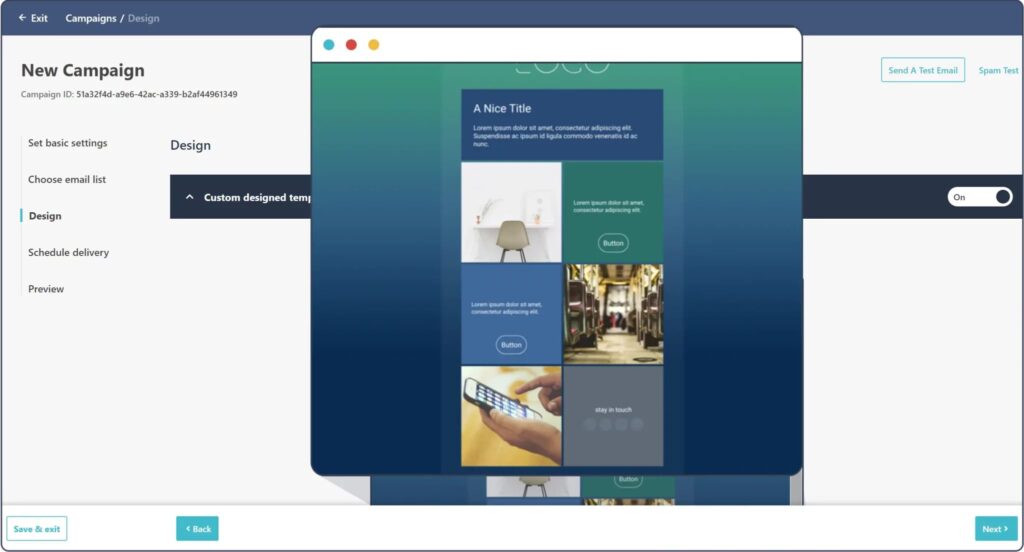
Moosend is a powerful email marketing software you can use to create and deliver effective and attractive messaging.
Email marketing will always be an important part of any company’s communication strategy.
Features Moosend offers include:
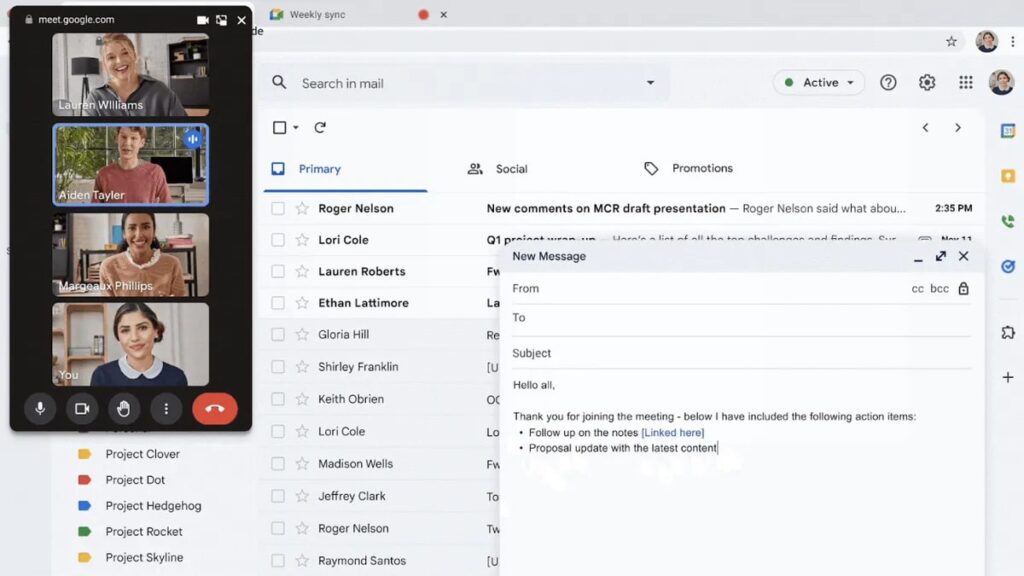
Google Meet is a virtual meeting software or platform with a free and paid option available to everyone.
Features Google Meet offers include:
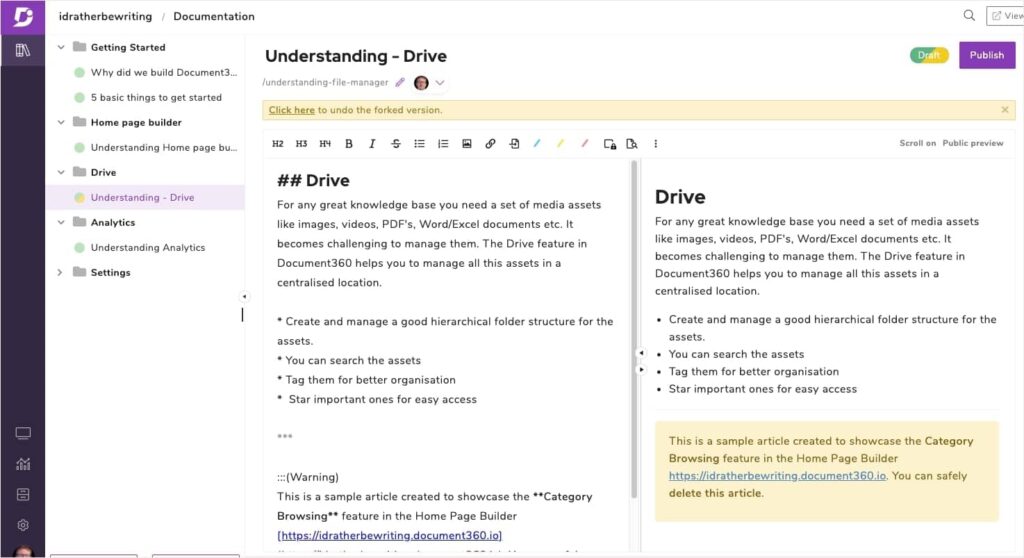
Document360 is a knowledge base software. You can use it to create an online self-service knowledge base for your customers and team members, which can be accessed either publicly or privately.
The features Document360 offers include:
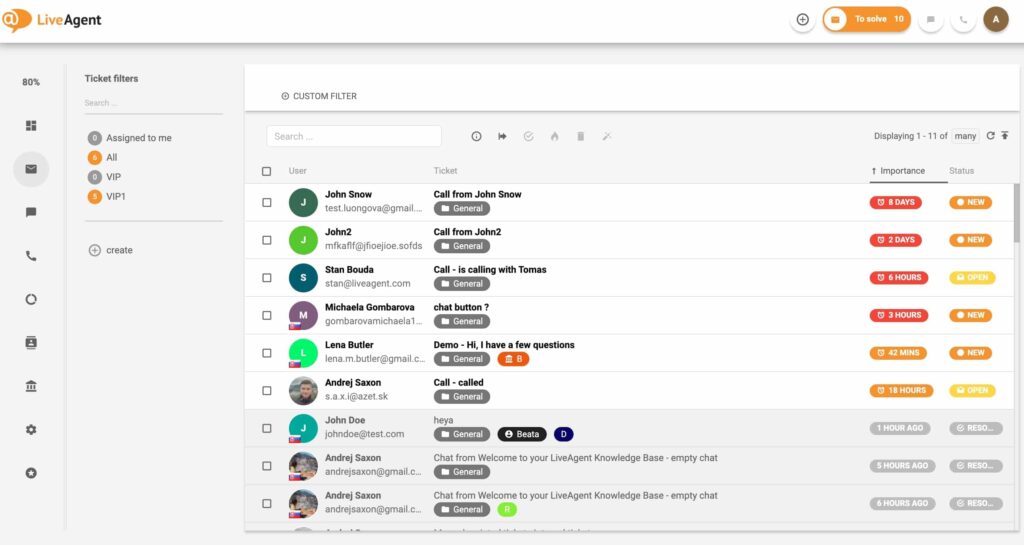
LiveAgent is a live chat software that enables you to provide better customer support.
It is an all-in-one help desk software that makes it easy for you to connect with your customers across multiple channels.
The features LifeAgent offers include:
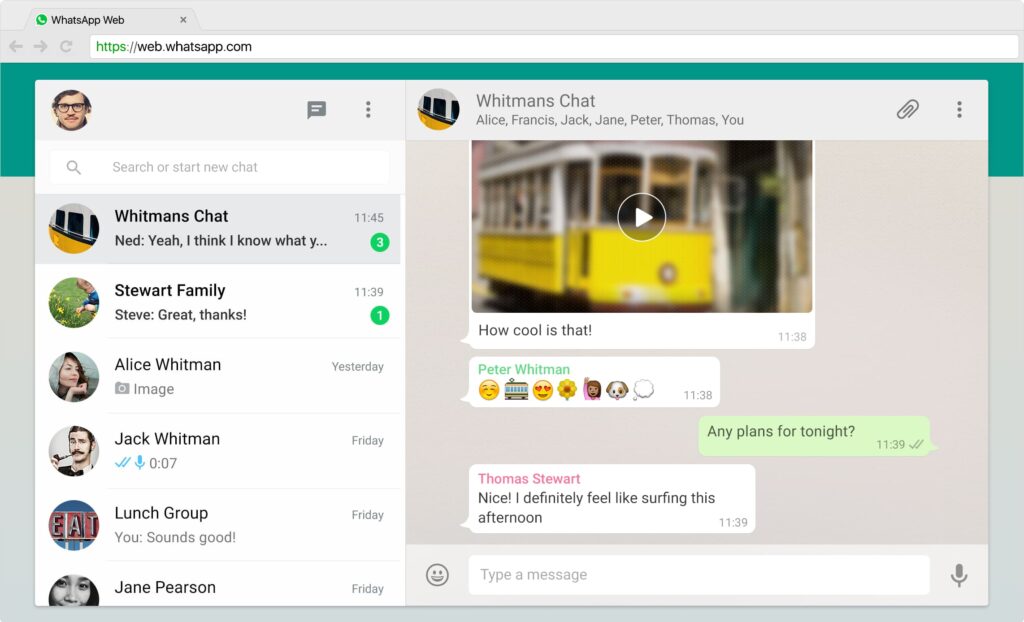
WhatsApp stands out from other customer communication tools as it offers, first and foremost, messaging software options. It does not replace dedicated call center software, yet comes as a handy tool to liaise with and support customers. You can not only create a catalog to showcase your products and services but also communicate to your customers very directly.
Some features of the WhatsApp messaging software offer include:
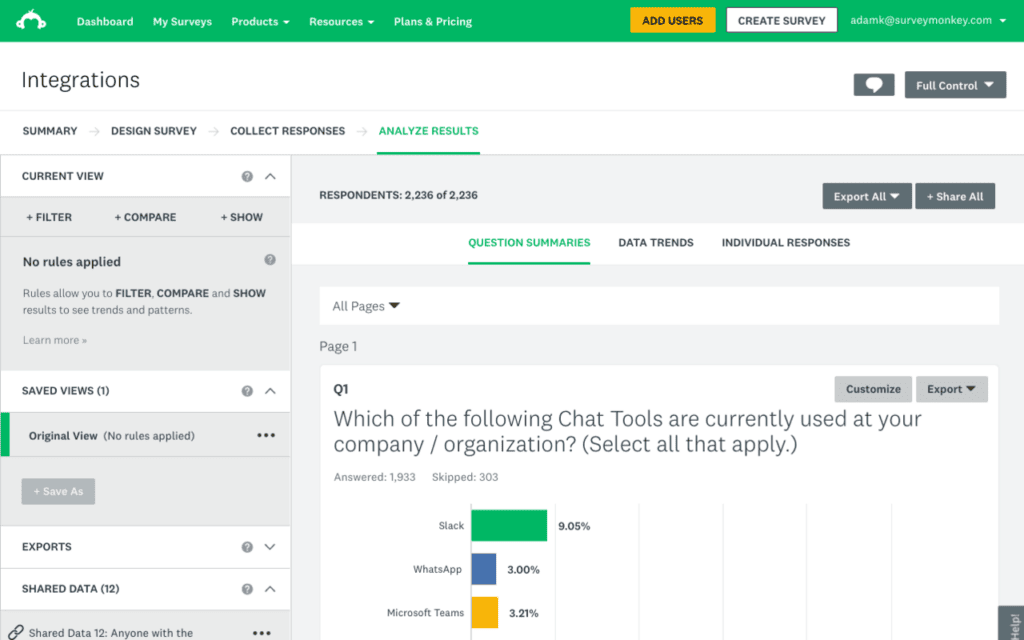
Survey Monkey is a platform for surveys, forms, and market research. With this tool, you can quickly and easily ask the right questions in the right forms and gain valuable insights that will help you delight your clients with more personalized communications in the future.
With the options Survey Monkey offers, you can:
With expert templates, helpful AI, and convenient ways to reach more people, you’ll get better insights faster. In this way, feedback can significantly increase the effectiveness of a communication strategy. It allows companies to understand the pain points and expectations of existing customers and tailor their products or services accordingly to attract new customers.
These are options you can consider when deciding which customer communication tools you want to use in your business. Picking one can be tricky. It is worth trying out each app to see how it meets the daily needs of your business. Let’s start with FuseBase !
Learn from FuseBase experts how to facilitate communication with your customers!
Communicate with your team as you like via chats or comments. For cooperation with customers, you can build a FuseBase Client Portal. FuseBase also allows you to create video explanations & screen recordings, super-documents with all project files and your company’s knowledge management system.
All in all, customer communication tools are not a guarantee, but a sure ingredient of your business’s success. And, once you have considered the variety and picked the specific features you need, come check out FuseBase!
Parties other than FuseBase may provide products, services, recommendations, or views on the FuseBase site (“Third Party Materials”). FuseBase is not responsible for examining or evaluating such Third Party Materials, and does not provide any warranties relating to the Third Party Materials. Links to such Third Party Materials are for your convenience and do not constitute an endorsement of such Third Party Materials.
Found it useful? Share the article with your community
Get weekly tips and insights on how to grow your business